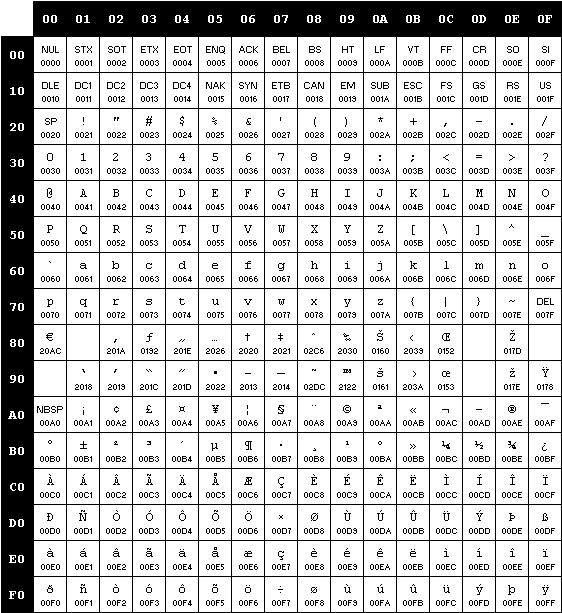

- ISO TO UTF 8 CONVERTER HOW TO
- ISO TO UTF 8 CONVERTER MAC OS
- ISO TO UTF 8 CONVERTER FULL
- ISO TO UTF 8 CONVERTER CODE
- ISO TO UTF 8 CONVERTER DOWNLOAD
UCS-2 uses two bytes (16 bits) for each character but can only encode the first 65,536 code points, the so-called Basic Multilingual Plane (BMP). The first 128 Unicode code points represent the ASCII characters, which means that any ASCII text is also a UTF-8 text. UTF-8, the dominant encoding on the World Wide Web (used in over 95% of websites as of 2020, and up to 100% for some languages) and on most Unix-like operating systems, uses one byte (8 bits) for the first 128 code points, and up to 4 bytes for other characters.

ISO TO UTF 8 CONVERTER FULL
The most commonly used encodings are UTF-8, UTF-16, and the obsolete UCS-2 (a precursor of UTF-16 without full support for Unicode) GB18030, while not an official Unicode standard, is standardized in China and implements Unicode fully. The Unicode standard defines Unicode Transformation Formats (UTF): UTF-8, UTF-16, and UTF-32, and several other encodings. Unicode can be implemented by different character encodings. The standard has been implemented in many recent technologies, including modern operating systems, XML, and most modern programming languages. Unicode's success at unifying character sets has led to its widespread and predominant use in the internationalization and localization of computer software. The Standard also includes reference data files and visual charts to help developers and designers correctly implement the repertoire.
ISO TO UTF 8 CONVERTER HOW TO
Alongside the character encodings, the Consortium's official publication includes a wide variety of details about the scripts and how to display them: normalization rules, decomposition, collation, rendering, and bidirectional text display order for multilingual texts, and so on. The Unicode Standard, however, includes more than just the base code. The Unicode character repertoire is synchronized with ISO/IEC 10646, each being code-for-code identical with the other. The standard, which is maintained by the Unicode Consortium, defines 144,697 characters covering 159 modern and historic scripts, as well as symbols, emoji, and non-visual control and formatting codes. Unicode, formally the Unicode Standard, is an information technology standard for the consistent encoding, representation, and handling of text expressed in most of the world's writing systems. Without proper rendering support, you may see question marks, boxes, or other symbols. The standard Gnome Text Editor defaults to UTF-8 and has character set options when loading and saving.This article contains uncommon Unicode characters. The built in text edit application has a 'Plain text encoding' option in the Save as. File - Save as -> there you see 3 fields set the last one called "encoding" to: UTF-8.You may save a file using Notepad (sometimes called "Editor") as UTF-8 but not with Wordpad. (The notable exception to this is probably Notepad on Windows.) Most text editors these days can handle UTF-8, although you might have to tell them explicitly to do this when loading and saving files. Enter the command C-x C-w then enter a new file name.You will then be asked what command you want this encoding to apply to.These files can be converted to UTF-8 using GNU Emacs 22.1 The default Unicode format for Microsoft Excel and Wordpad is UTF-16. Execute the script by typing sh ToUtf8.txt and your files will be converted.

With the cd foldername, cd., ls commands, go to the folder on your windows machine where the ToUtf8.txt script and the ToUTF8 folder are in.ToUTF is the foldername where the files that need to be converted are in.FROM is the originating encoding (the one your original files are in).Two things should be changed for your local situation: Here is an example of a working solution on Windows with Cygwin:įind ToUTF/ -type f -name "*" | while read fn do The conversion may also be done by using Cygwin, a Linux-like environment for Windows, and excecuting the iconv command in that environment.

Run from the command prompt (Start -> Run -> cmd) and follow the instructions as above. The executable is located in the bin folder.
ISO TO UTF 8 CONVERTER DOWNLOAD
Download the "Complete package, except source" and run the setup program. Windows built-in editors Notepad and Wordpad are often giving problems)ĭownload the Windows version of the iconv program.
ISO TO UTF 8 CONVERTER MAC OS


 0 kommentar(er)
0 kommentar(er)
